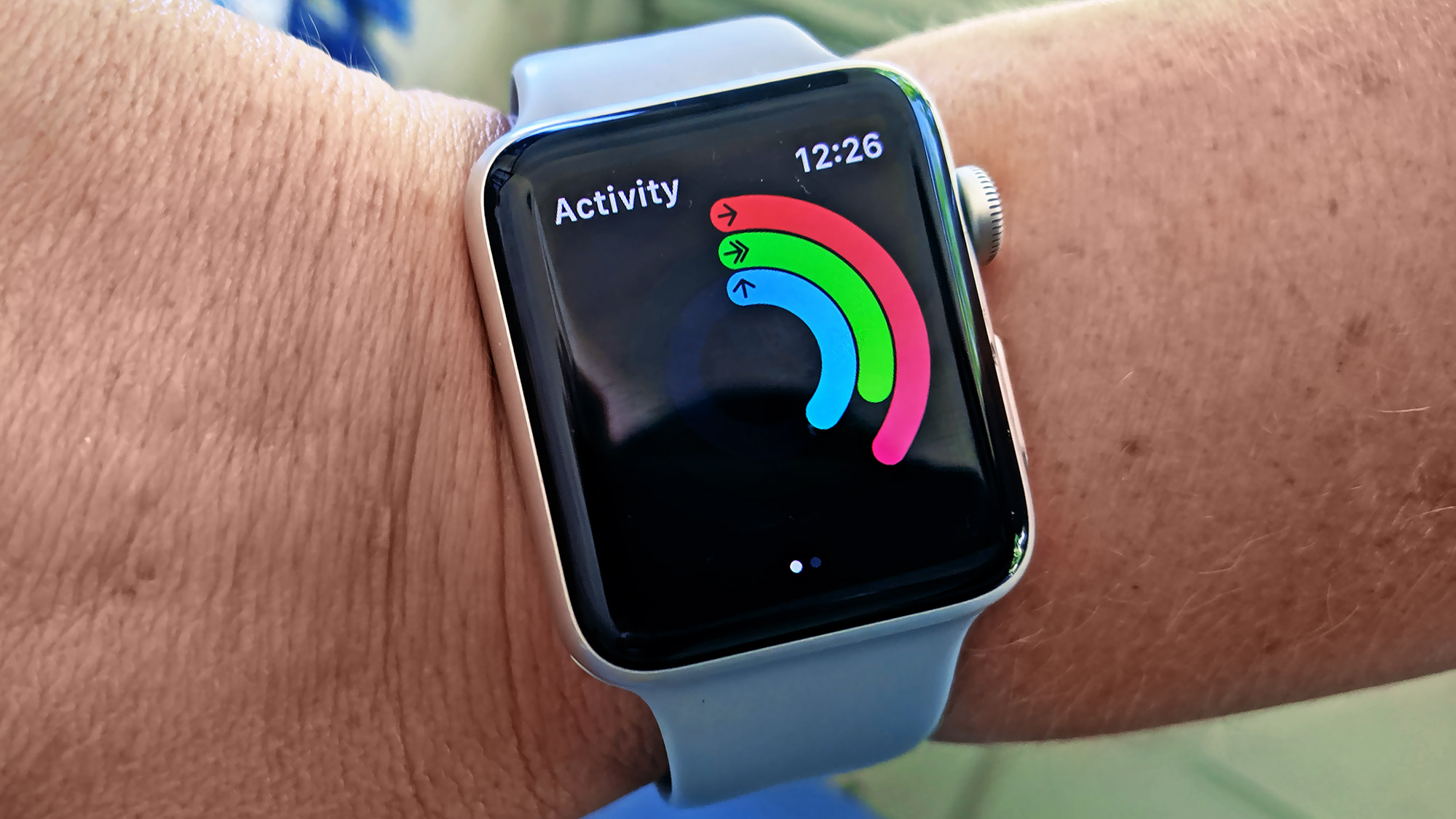I tried playing Padel for the first time — here's what happened to my body
Padel is trending, and this fitness writer found out why
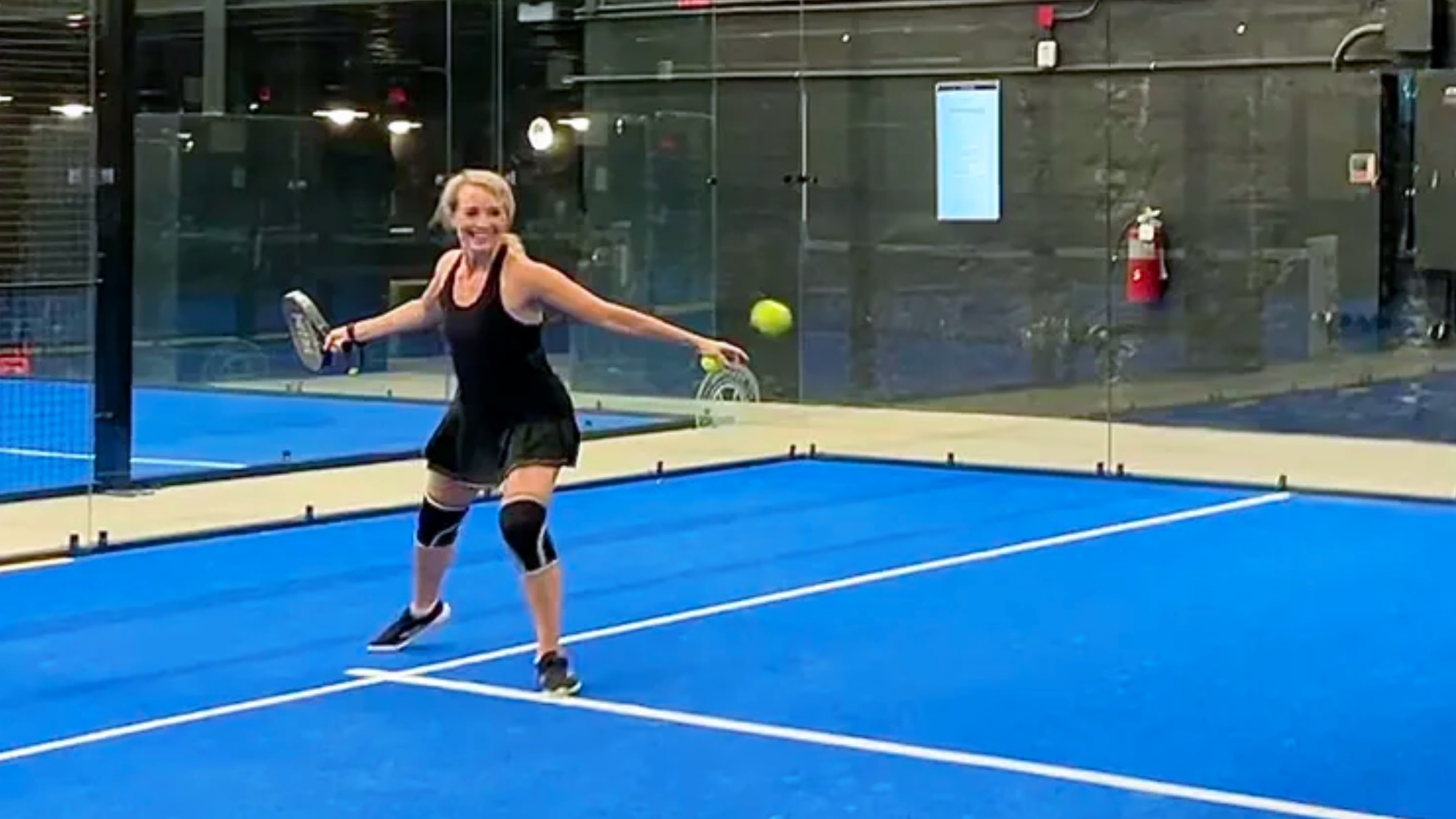
Unless you’ve been living under a rock, you’ve probably heard about Pickleball. But have you heard of the other court sport that has taken over the international scene—Padel?
I hadn’t either when I was invited to attend the first-ever US-based Grand Master Level professional Padel tournament that was ESPN-televised from Central Park (New York City) in early October 2023. Curiosity got me there—since Padel was admittedly not even on my radar.
But the excitement of watching what I would best describe as a tennis/racquetball/Pickleball amalgamation kept me glued to my seat through the finals.
And it made me want to try it myself. Which I did get the chance to do, but first let’s get caught up on how Padel came to be one of the fastest growing sports in the world.
A bit of the Padel backstory
Already huge globally, with more than 18 million players in 90 countries, Padel (which is pronounced basically like the word “paddle”) has been especially popular in Latin countries since it started in Mexico in the late 1960s. And it turns out that while PIckleball was having this huge spike in popularity in the U.S. during the pandemic (thanks to its socially distanced setup), the rest of the world was playing Padel.
“There are like 40,000 Padel courts worldwide, but only around 200 in the U.S.,'' says Pablo Munoz-Hernandez, Director of Marketing and Communications for Padel Haus, which now has three facilities in the New York City area. “However, it’s only the beginning.”
And indeed, it seems that the U.S. is starting to catch up with the international Padel scene as there are now courts cropping up in Miami, California, Texas, Connecticut, and more.
Sign up to get the BEST of Tom's Guide direct to your inbox.
Get instant access to breaking news, the hottest reviews, great deals and helpful tips.
But this isn’t a competition. There is room for both Padel and Pickleball. “People who play Padel don’t hate other racquet sports,” says Munoz-Hernandez. “In fact, people who come to play Padel with us, often find more people to play all the other racquet sports—like tennis, badminton, and squash—with them as well.” Which makes perfect sense since Padel seems to incorporate elements of several different court sports at the same time.
With that in mind, I headed out to the new Padel Haus in Dumbo (Brooklyn, NY), to give this growing sport a try.
What you need to know to play padel
The good news is that if you have any racquet sport experience—and even if you don’t—Padel is not hard to learn. However, I found out quickly there are definitely some major differences from other court sports:
The Court
Padel is played “in the round” (or should we say “in the rectangle”). The court—which is roughly ⅓ the size of a tennis court—is enclosed by a fence/plexiglass/cement perimeter. You can play off the fence or walls and there is no “out of bounds,” except when serving.
The court surface is Astroturf, but interestingly there is a lot of sand dumped in there too. That really surprised me. I couldn’t see the sand on the court unless I looked really, really hard. So, it’s not like you’re playing “beach tennis.” However, the sand poured into the artificial grass apparently makes the surface easier to move on (so your sneakers don’t get stuck). It also makes it friendlier for the joints.
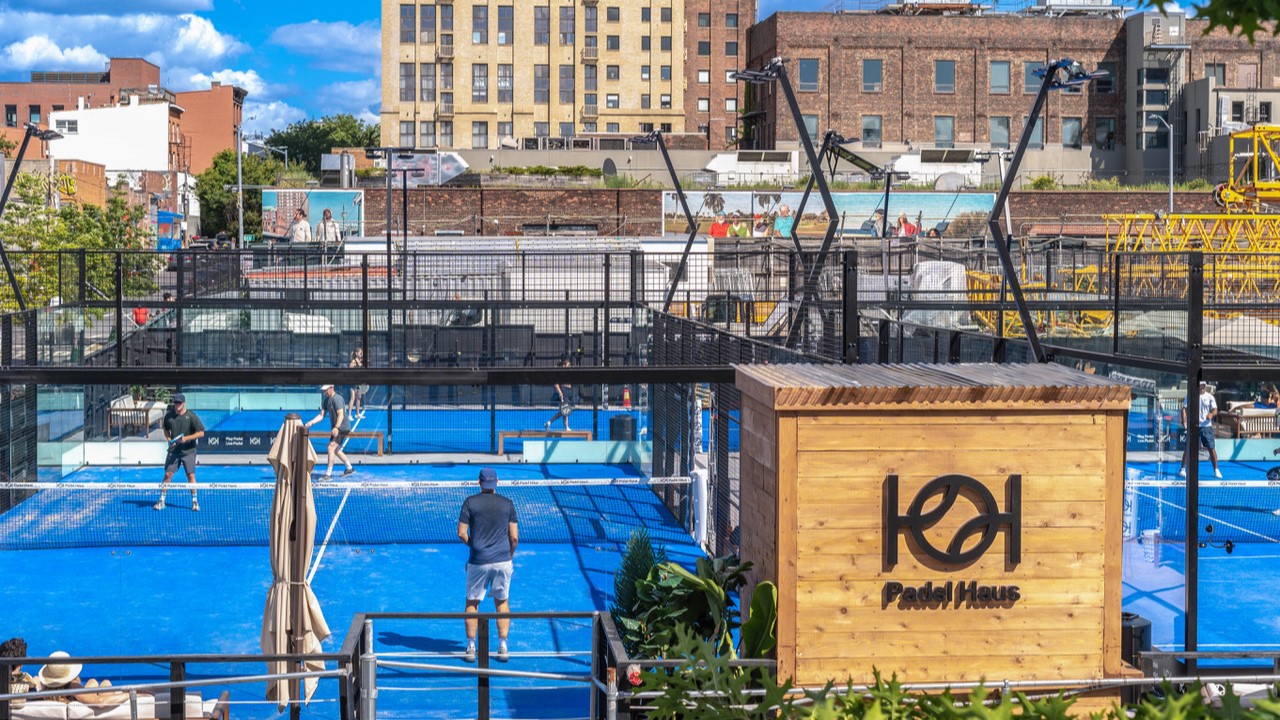
The Players
Padel is very social because it’s always played as a “doubles” sport. It requires four people per game, two to a team.
Partners can stand wherever they’d like on the court, though the non-serving partner usually stands “up” (meaning close to the net). Typically players on the same team do not switch sides—in other words, regular players usually know if they’re better on the right or left hand side of the court.
However, during a match, opposing teams will switch court sides after the “odd” game numbers.
The Equipment
The “Padel paddle” looks a bit like what would happen if a Wiffle ball became a racquet. It’s generally made of a foam interior covered by fiberglass or carbon. It has no strings but instead has holes through the flat “head” of the paddle. Also, it has a shorter handle, much like a racquetball racquet.
Padel balls are basically just like tennis balls, but slightly deflated. In other words, they’re constructed with less pressure and are therefore not as bouncy.
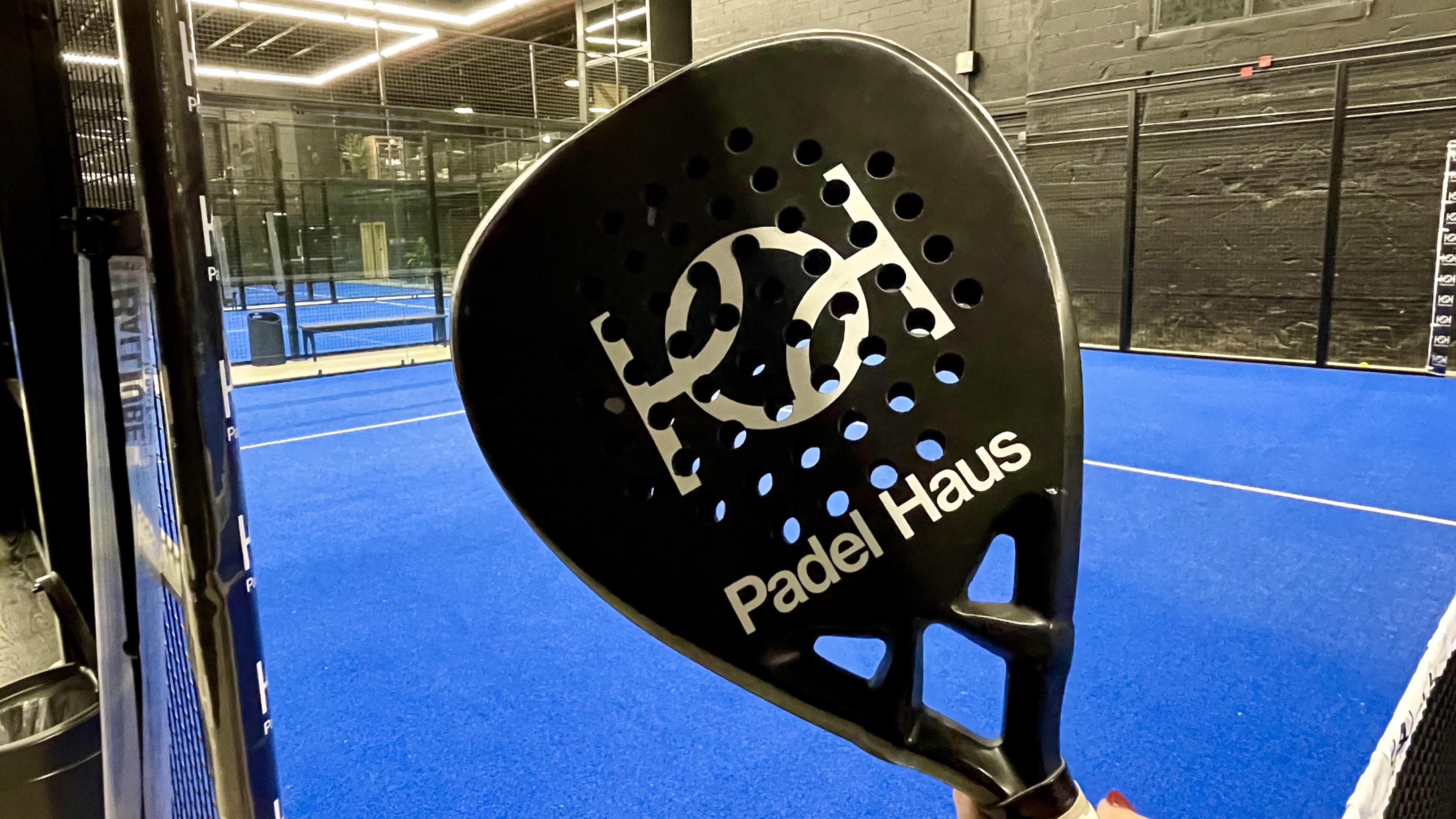
The Rules
Though Padel actually includes quite a bit of strategy and nuance, the basic gameplay (which is also helpfully posted on the walls at Padel Haus) is as follows:
- The serve must bounce and be hit underhand, at or below the waist. It is served inside the service box diagonally across from the server.
- If the served ball bounces then hits the glass walls on the other side, it's valid. If the served ball bounces then hits the grate/fence it's a fault. You get two serves before losing a point if neither one is “good.”
- After the serve and once the ball is in play, the ball must bounce once before hitting the glass wall and/or grate every time it crosses the net.
- The ball can only bounce once per side. If it bounces twice, the point is lost for that team.
- Players cannot touch or hit the net during a point.
The Scoring
Finally, the scoring system is like tennis (15, 30, 40 with advantages and deuces). However, since 2020 professional Padel has used the “Golden Point” rule—meaning if the teams are tied 40-40, then whoever gets the next point wins the game.
Matches are played to the best of three sets, so the “golden point” caveat keeps things moving.
I tried playing Padel for the first time — here's what happened to my body
Armed with only a very basic knowledge of Padel from watching the professional matches and reading some rules online, I was excited to get going.
My instructor Javi—a college student and Padel pro who hails from Spain where the sport is very popular—first instructed me to put on my wrist-strap. Like a “surfboard leash,” all players are required to be “hooked” to their racquet. Apparently flying paddles in Padel can be a thing, so this is a safety measure to prevent injuries on the court.
We started with some forehand and backhand drills, which to be honest felt like tennis practice except I immediately realized I was going to have to adjust my swing since the racquet was shorter. Also, there was less follow-through than you need in tennis to get the ball to go where you want.
I generally have a two-handed backhand and I was still able to do that with the Padel racquet, though I did have to modify a bit owing to the shorter handle. Still, I was feeling pretty good about my ability to adapt to Padel right away, and figured I had a head start since I’ve played quite a bit of tennis, racquetball, and ping pong in my life.
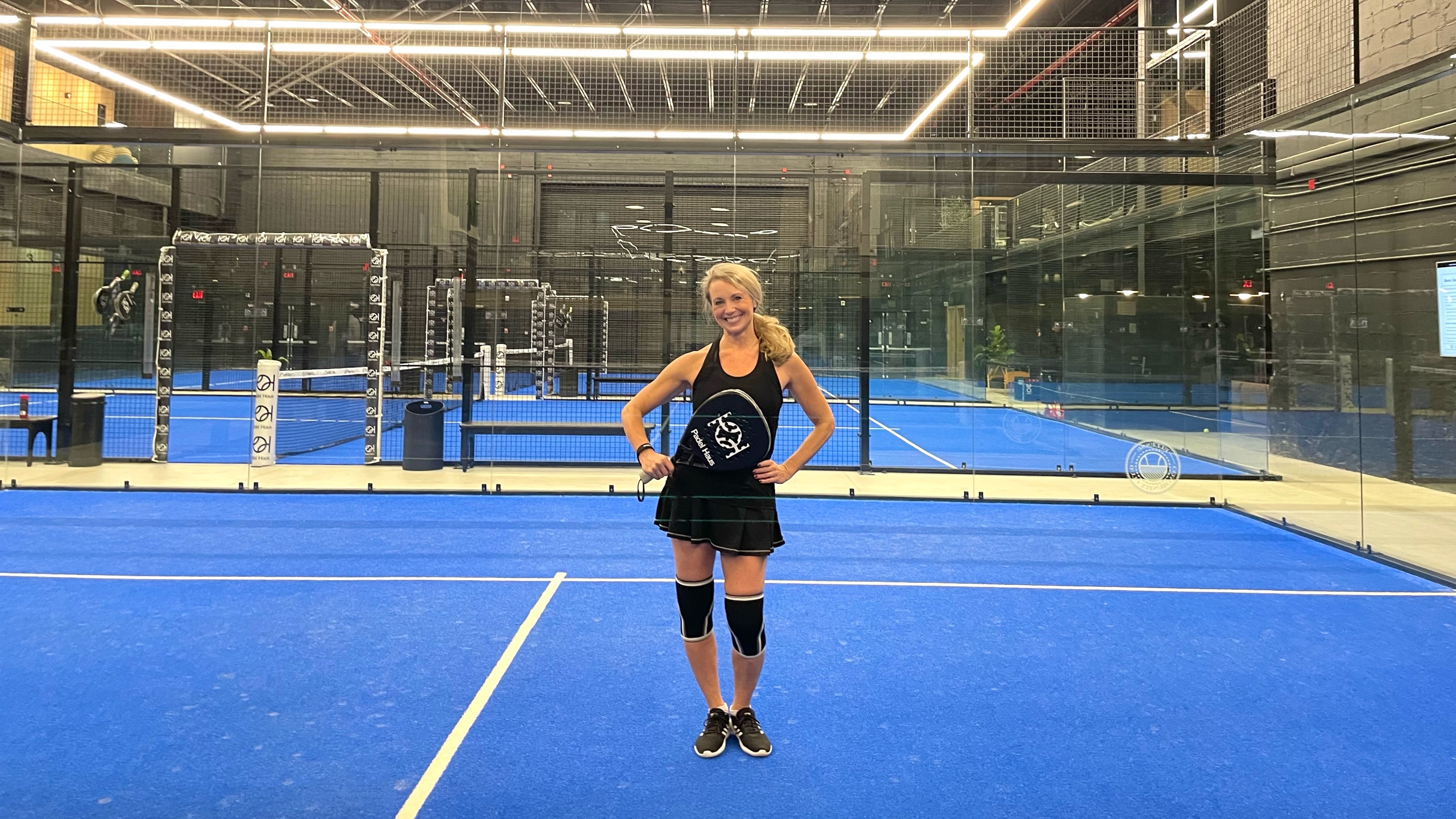
But then we switched to drills using the back plexiglass wall and that was a whole new, rather humbling experience. While in general Padel moves faster than Pickleball, patience becomes an asset if you’re trying to catch a ball after it has bounced off the back wall. Body position also becomes vitally important. You have to breathe, wait for the rebound, and then catch the ball mid air to hit it back over the net—since it cannot bounce again on your side or you lose the point.
I started to see how timing was everything. The game becomes simultaneously faster and slower once you involve the walls. Catching a backhand off a back-wall rebound was probably the most challenging shot to return. But it was also really fun to figure out the bounce trajectories.
We moved on to serves, which felt like Pickleball serving except you must bounce the ball before hitting it. However, as opposed to an overhead tennis serve, Padel serves have to be kept below the waist.
I didn’t really understand the “don’t hit the fence on the serve” rule until I tried it. Basically the fence/grate is probably about half the perimeter of the court on each side from the net. So, your best placement with a serve is to try to get it closer to the middle line while still in the cross-court box. That way it’ll bounce off the back wall (which is “in”) and not the side fence (which is “out”).
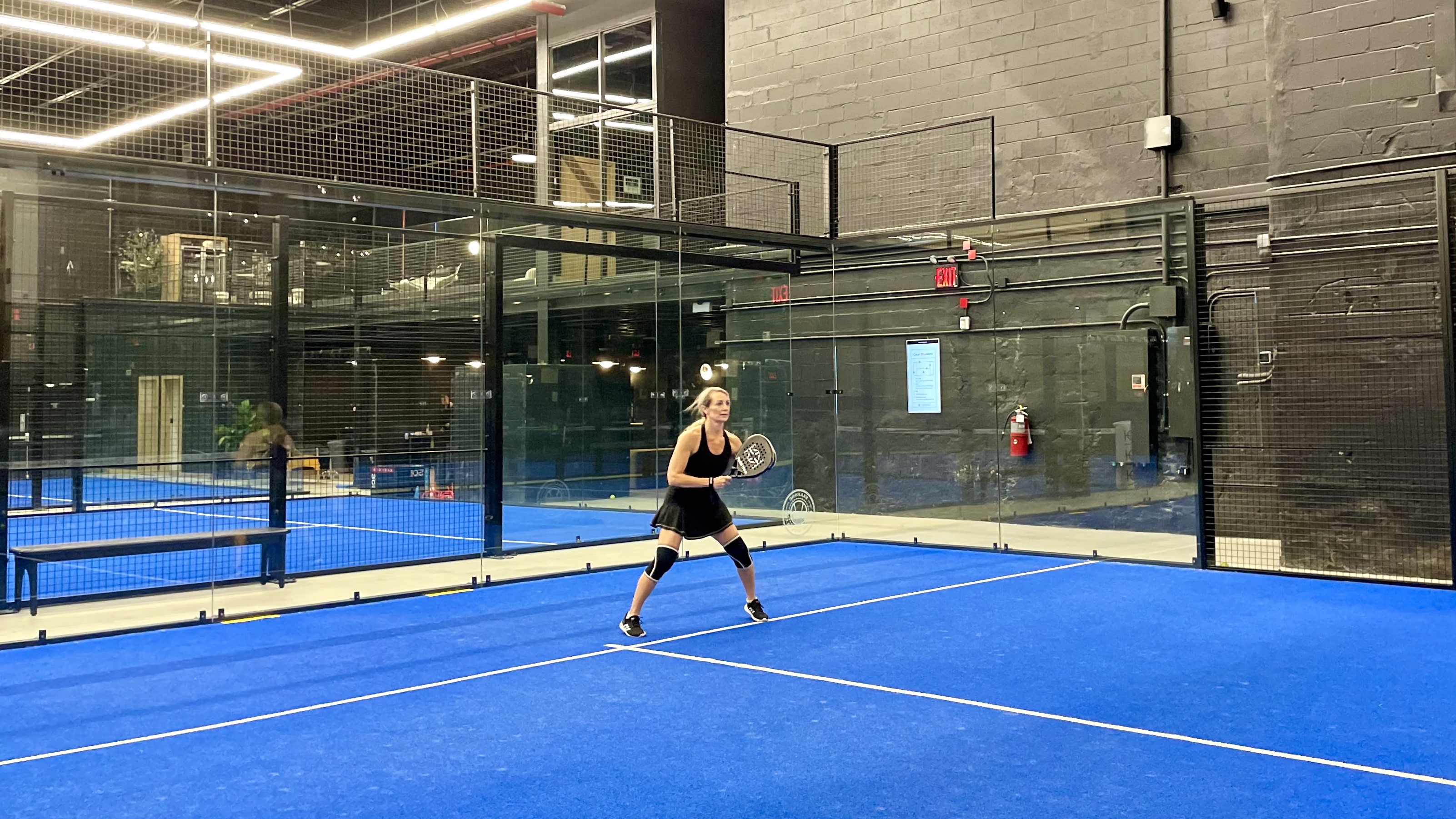
Again, finesse and practice. These are the skills a person could improve upon the more they played. Our final drill included practicing volleys and that felt pretty much like a normal tennis skill to me. But once again, it was fun to see all the racquet sports I’ve played in my life making appearances. Padel definitely feels like a very enjoyable hybrid.
At the end of my first Padel experience we played some games. As previously mentioned, normally it would be two people on each side. However, since there were only two of us in my clinic, and our instructor Javi, it was the newbies against the pro.
And trust me, that match up was fine. Javi barely moved but had us running all over the court with his amazing placement and exceptional Padel skill. Still, it was such a blast. I absolutely loved the sport, got a good sweat going, and can’t wait to play it again.
From a fitness standpoint, you definitely use your arms and legs, but it’s not overwhelmingly taxing. I was a little worried about the lateral movement since I’ve had three knee surgeries, but with the smaller court size, I was absolutely fine (which makes me think it’s probably more accessible than tennis for people with knee issues).
In what is apparently excellent Padel social form, the last part of my Padel field trip included a drink in the lounge area with other players. “We don’t want anyone who plays Padel to have a bad time,” says Munoz-Hernandez.
No worries there. If you ask me about my first experience with Padel, I’d say it was a smash hit.
More from Tom's Guide
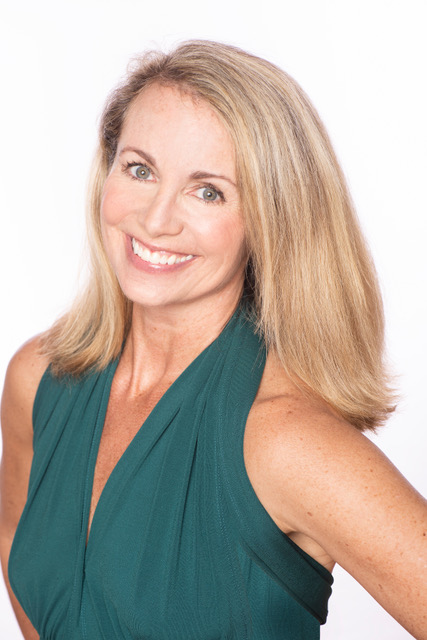
Kimberly Dawn Neumann is a multi-published writer whose work has appeared in such outlets as Forbes, Cosmopolitan, Fitness, Women’s Health, Prevention, Redbook, Real Simple and more. A Summa cum Laude graduate of the University of Maryland’s College of Journalism, she is also a life coach and fitness professional with certifications from the Coach Training Alliance, the American Council on Exercise, and Yoga Alliance. This NYC-based overachiever has also published two books and performed on Broadway. She meditates twice daily to keep everything in balance.
